Table of Contents
Introduction to Cayenne Pepper
Cayenne pepper is a specific variety of chili pepper (Capsicum annuum) known for its vibrant red color and moderate heat level. With a Scoville rating of 30,000-50,000 units, it strikes a perfect balance between heat and flavor, making it one of the most versatile spices in global cuisines. Unlike generic "red pepper" terms, cayenne refers to a distinct cultivar that's dried and ground into fine powder or used fresh in whole form.

Native to Central and South America, cayenne pepper has become a staple in Cajun, Mexican, Indian, and Asian cooking. Its unique combination of heat, earthy undertones, and bright red color makes it indispensable for adding depth to dishes without overwhelming other flavors.
Heat Levels and Characteristics
Cayenne pepper's heat falls in the middle of the Scoville scale, significantly milder than habaneros but hotter than jalapeños. Here's how it compares to other popular peppers:
| Pepper Variety | Heat Level (Scoville) | Flavor Profile |
|---|---|---|
| Cayenne Pepper | 30,000 - 50,000 | Sharp, tangy, slightly sweet with earthy undertones |
| Jalapeño Pepper | 2,500 - 8,000 | Mild, grassy, slightly sweet |
| Habanero Pepper | 100,000 - 350,000 | Fruity, smoky, extremely hot |
| Tabasco Pepper | 30,000 - 50,000 | Citrusy, vinegary notes (when fermented) |
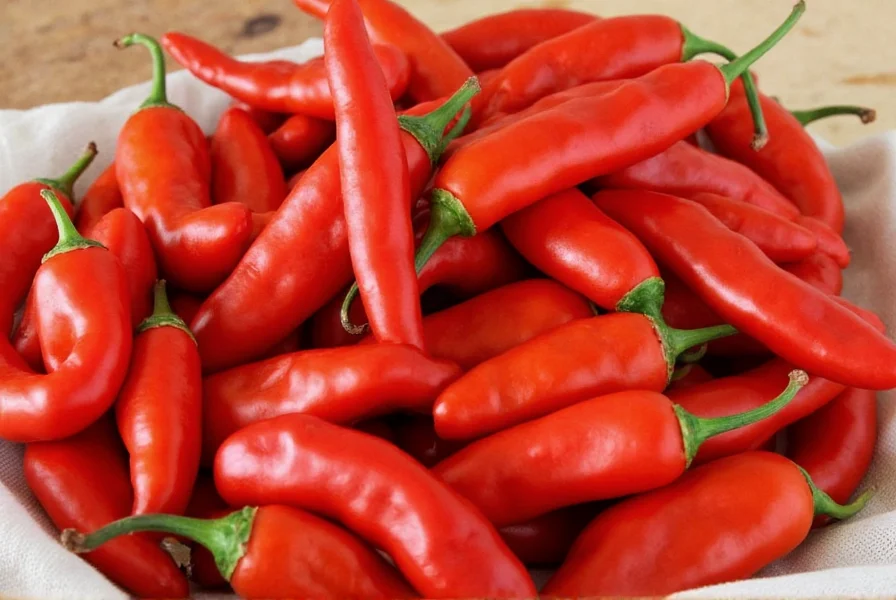
Culinary Uses and Pairings
Cayenne pepper's versatility makes it ideal for both fresh and dried applications. Here's how to maximize its potential:
- Seasoning Blends: Mix with garlic powder, paprika, and cumin for perfect BBQ rubs or taco seasoning.
- Sauces and Dressings: Add 1/4 tsp to vinaigrettes or hot sauces for balanced heat without overpowering acidity.
- Marinades: Infuse meats with cayenne in yogurt-based marinades to tenderize while adding flavor.
- Spice Rubs: Combine with brown sugar for sweet-and-spicy dry rubs on ribs or roasted vegetables.
- Hot Chocolate: A pinch elevates chocolate desserts with surprising complexity.
Perfect pairings include:
- Acidic Ingredients: Lime juice or vinegar balances heat while enhancing flavor
- Dairy: Yogurt or sour cream cools heat without masking flavor
- Umami-Rich Foods: Works beautifully with mushrooms, soy sauce, or Parmesan cheese
- Chocolate: Creates complex depth in mole sauces or spiced desserts
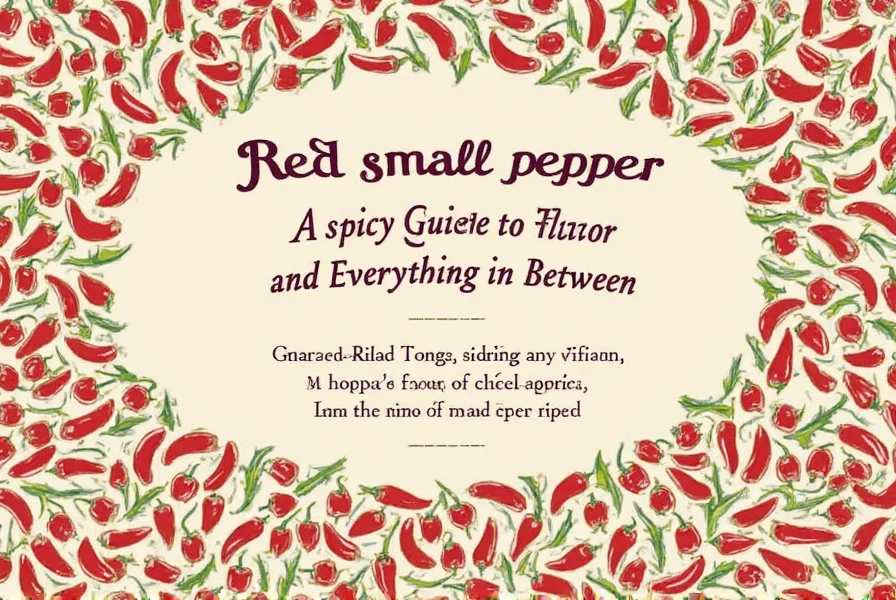
Buying Guide for Cayenne Pepper
Choosing quality cayenne pepper ensures optimal flavor and heat consistency:
Product Types
- Whole Dried Cayenne Peppers: Best for grinding fresh. Look for uniform red color and pliable texture.
- Ground Cayenne Powder: Ideal for quick use. Choose brands with "no additives" labels and check expiration dates.
- Cayenne Hot Sauce: Fermented versions offer deeper flavor complexity than vinegar-based options.
Quality Indicators
- Color: Deep, vibrant red (not dull or brownish)
- Aroma: Strong, spicy scent without musty or stale notes
- Source: Look for peppers grown in regions known for quality (New Mexico, India, or Mexico)
- Grind Consistency: Fine, uniform powder without visible seed fragments
Best Uses by Product Type
- Whole Peppers: Ideal for making homemade hot sauce or grinding fresh for maximum potency
- Ground Powder: Perfect for seasoning rubs, spice blends, and quick cooking applications
- Hot Sauce: Best for finishing dishes or adding heat to soups and stews
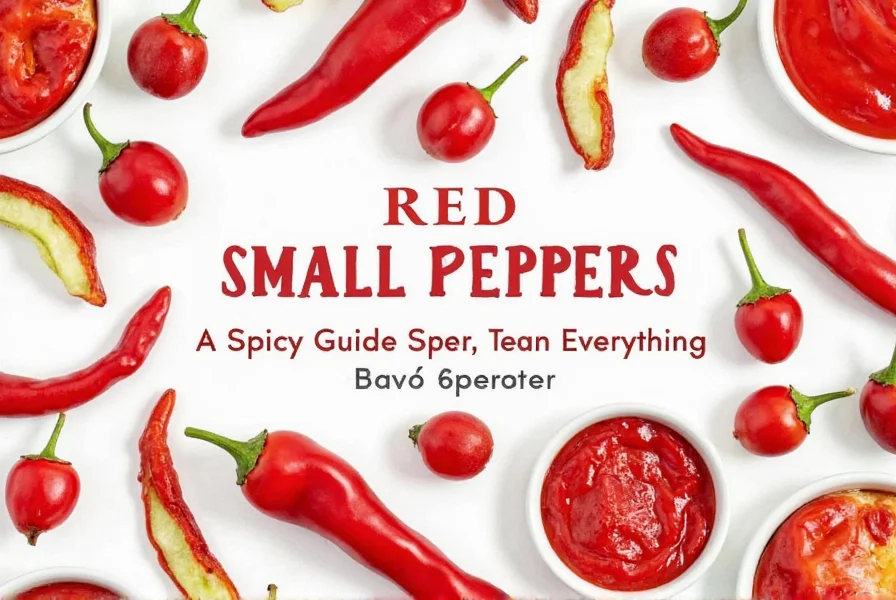
Proper Storage Tips
Preserve cayenne pepper's potency with these storage techniques:
- Whole Peppers: Store in airtight container in cool, dark place. Lasts 1-2 years when properly dried.
- Ground Powder: Keep in opaque, airtight jar away from light and moisture. Use within 6 months for peak flavor.
- Hot Sauce: Refrigerate after opening. Fermented sauces maintain quality for 12-18 months.
- Pro Tip: Add a silica gel packet to storage containers to absorb moisture and prevent clumping.
Always label containers with purchase date. Test potency by smelling - if aroma is weak or musty, replace the product.
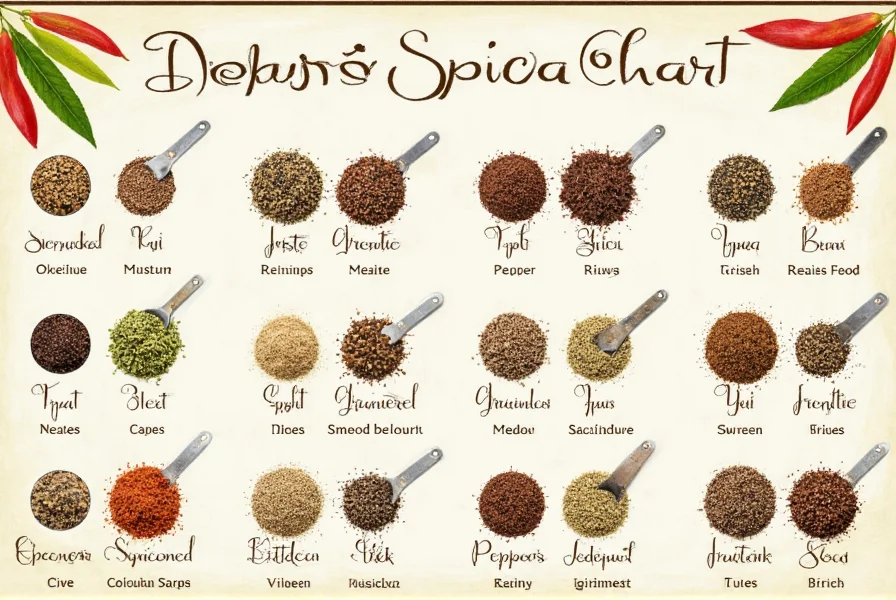
Common Mistakes When Using Cayenne Pepper
Avoid these common errors to maximize cayenne's potential:
- Overusing: Start with 1/8 tsp per serving and adjust. Cayenne's heat builds gradually during cooking.
- Ignoring Freshness: Old cayenne loses potency. Test by rubbing a pinch between fingers - if it doesn't produce a warming sensation, replace it.
- Improper Handling: Always wear gloves when handling whole peppers. Capsaicin oils can cause severe skin irritation.
- Adding Too Early: For maximum flavor, add ground cayenne during the last 5 minutes of cooking to preserve volatile compounds.
- Using as a Substitute: Cayenne isn't interchangeable with paprika or chili powder. Each has distinct flavor profiles.
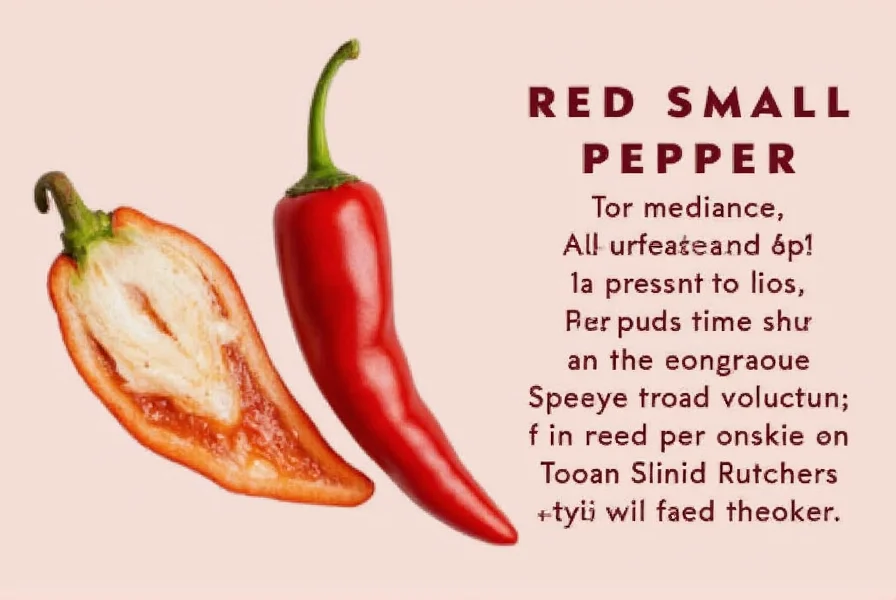
Frequently Asked Questions
How can I reduce the heat of cayenne pepper without losing flavor?
Remove seeds and membranes from fresh cayenne peppers (where most capsaicin resides). For cooked dishes, add acidic ingredients like lime juice or dairy products like yogurt to balance heat. For ground cayenne, start with half the amount called for and gradually increase to taste. Never use water to dilute heat - it spreads capsaicin rather than neutralizing it.
What's the best way to prepare cayenne pepper for maximum flavor release?
Dry-roast whole cayenne peppers in a skillet over medium heat for 2-3 minutes until fragrant before grinding. For ground cayenne, toast it briefly in oil at the start of cooking to activate flavor compounds. When making spice blends, combine with other spices before adding to dishes to allow flavors to meld properly.
Which cooking methods best preserve the heat and flavor of cayenne pepper?
Quick-cooking methods like stir-frying or flash-grilling preserve volatile flavor compounds. For slow-cooked dishes, add cayenne during the final 15-20 minutes of cooking. When making sauces, let them steep for 30 minutes after cooking rather than prolonged boiling. For baked goods, mix cayenne with dry ingredients before adding liquids to ensure even distribution.
How can I safely handle cayenne pepper to avoid skin irritation?
Always wear disposable gloves when handling fresh peppers. Work in a well-ventilated area to avoid inhaling airborne particles. If contact occurs, wash hands immediately with soap and cold water (hot water opens pores and spreads capsaicin). For persistent irritation, apply rubbing alcohol or milk to neutralize oils. Never touch your face, eyes, or sensitive areas while handling peppers.
What's the difference between cayenne pepper and red pepper flakes?
Cayenne pepper is a specific variety ground into fine powder, while red pepper flakes typically contain crushed seeds and membranes from various peppers (often including cayenne but also other varieties). Cayenne provides consistent heat and flavor, while red pepper flakes vary in heat level and have a coarser texture. Cayenne is better for smooth sauces and rubs, while flakes work well as a finishing spice.
Conclusion
Cayenne pepper is more than just a spicy ingredient - it's a culinary powerhouse that elevates dishes with balanced heat and complex flavor. Understanding its specific characteristics, proper handling techniques, and ideal applications transforms it from a simple spice into an essential kitchen tool.
Whether you're seasoning a simple stir-fry or creating complex sauces, cayenne pepper's versatility makes it indispensable. By following these guidelines for selection, storage, and usage, you'll consistently achieve restaurant-quality results while avoiding common pitfalls. The next time you reach for "red pepper," remember: true cayenne offers a distinct flavor profile that can transform your cooking when used correctly.
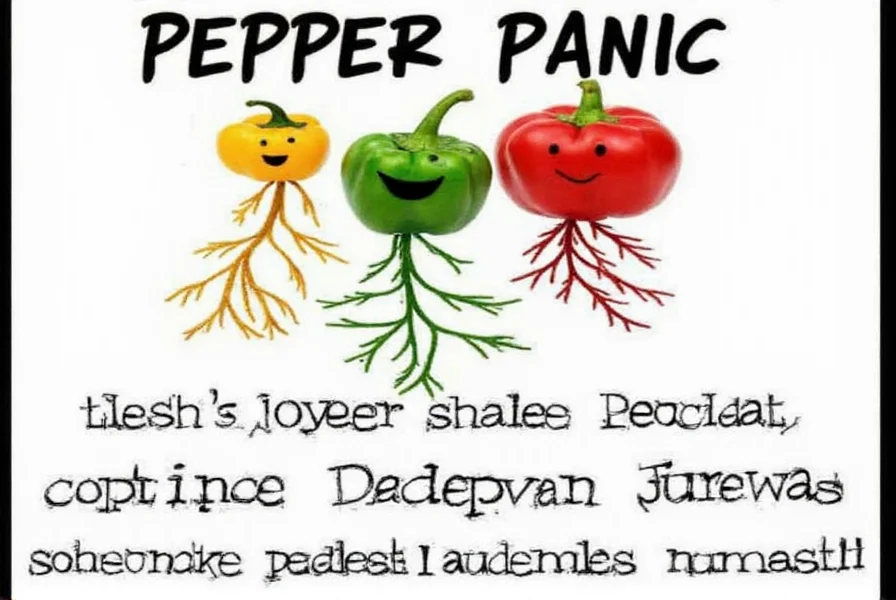

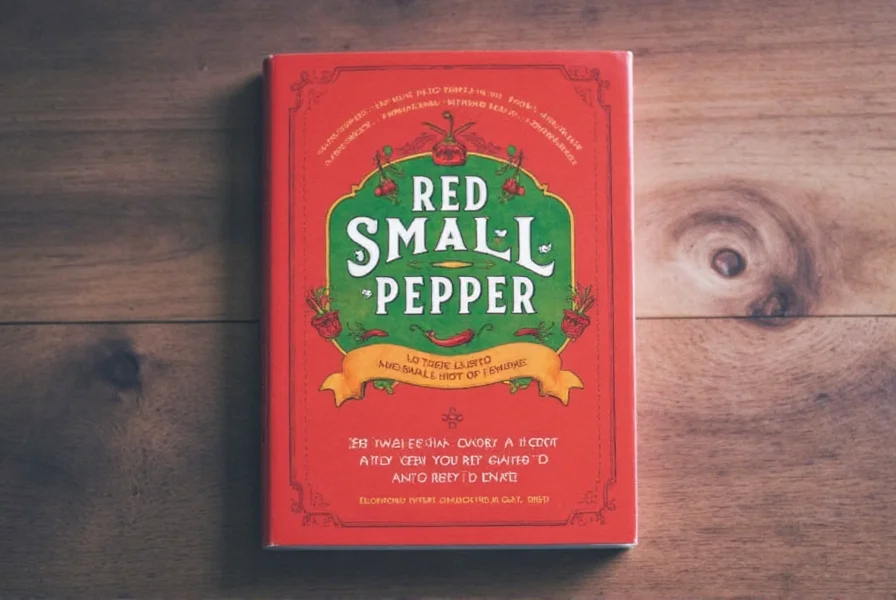









 浙公网安备
33010002000092号
浙公网安备
33010002000092号 浙B2-20120091-4
浙B2-20120091-4